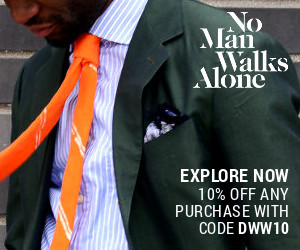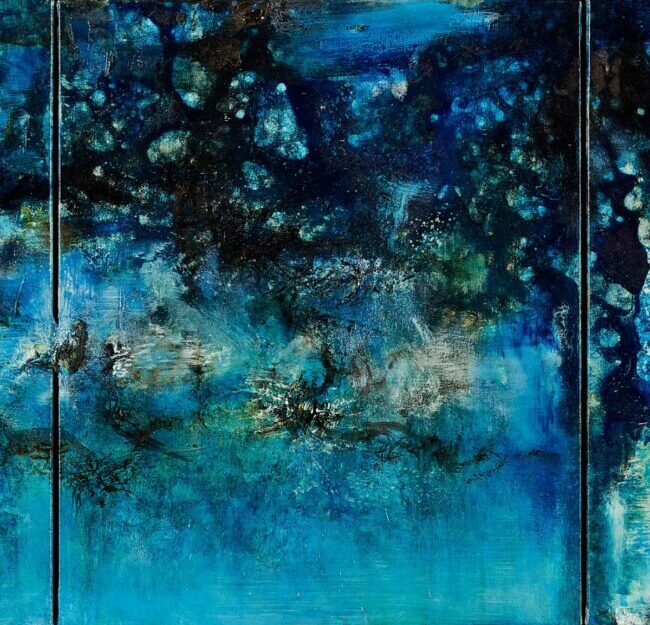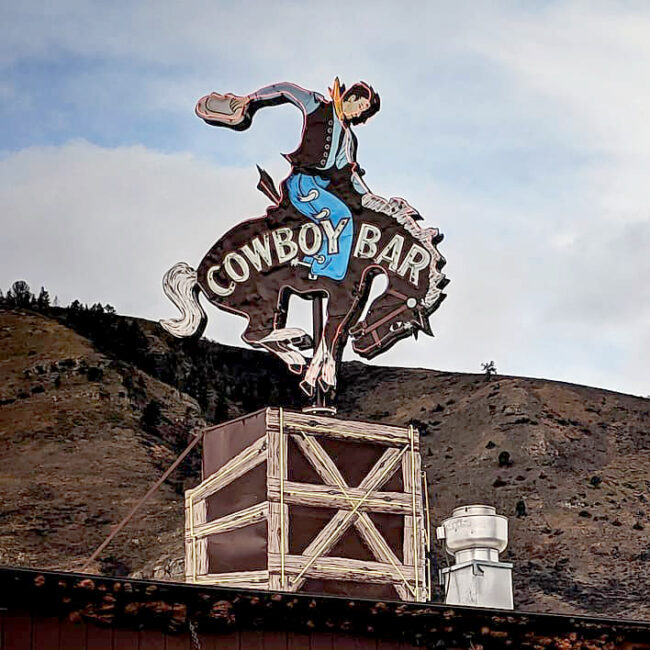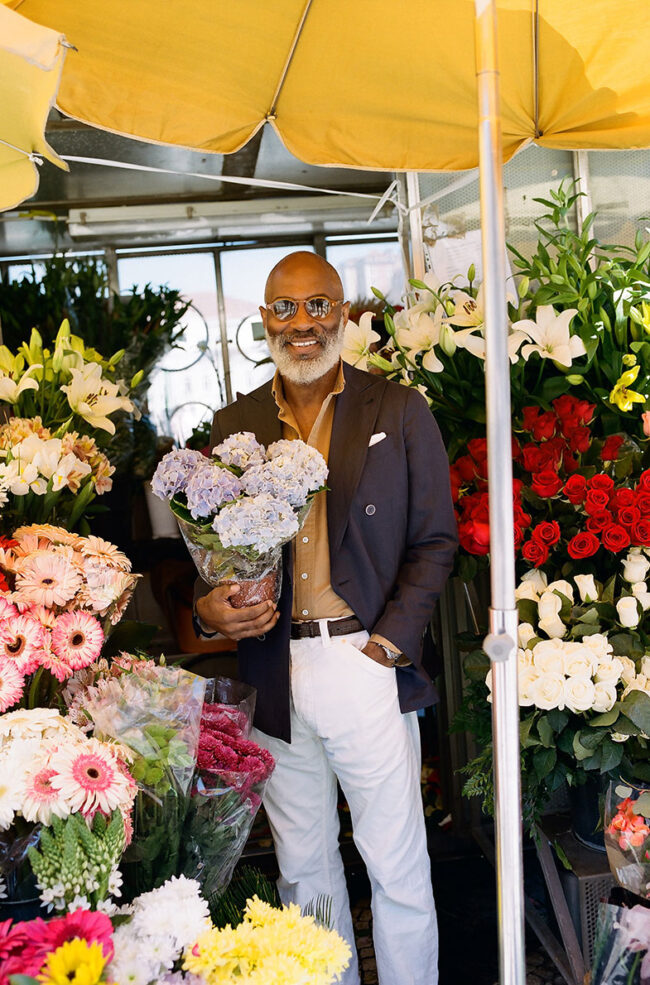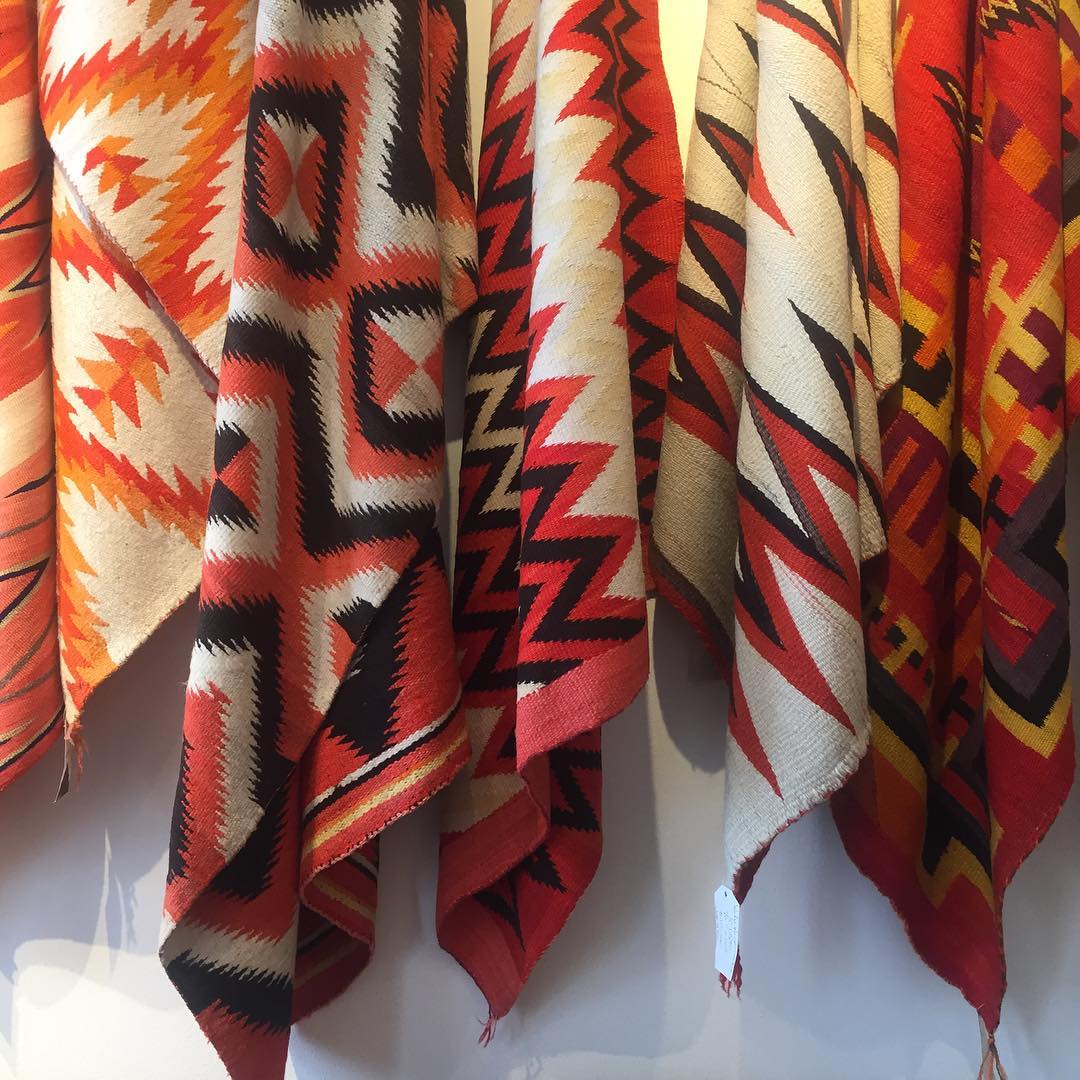
In the summer of 1830, French publisher Charles Gosselin grew tired of Victor Hugo's excuses. Hugo was working on a novel titled Notre-Dame de Paris. He wanted to write the book because he was worried that Paris' Gothic architecture was being rapidly replaced by more modern structures (this is why large sections of the book go into exceeding detail when describing the buildings). But between Hugo's procrastination, writer's block, and other deadlines, he struggled to complete the book. Gosselin kept pestering the French novelist for updates, and by the summer of 1830, he demanded that the book be finished within six months.
Realizing that Gosselin was serious, Hugo concocted a scheme to keep himself writing. According to his wife, Hugo bought himself a bottle of dark ink and a huge grey knitted shawl, which "swathed him from head to foot." He then locked up all of his "outside clothes" so that he wouldn't have access to his outfits. Without the distraction of his clothes and the temptation to go outside, Hugo was able to write continuously for six months while confined to his study. Notre-Dame de Paris was published the following year, and later renamed The Hunchback of Notre-Dame for the English translation.
In the last year and a half, it has become crystal clear that dressing well is inextricably linked to the experience of moving through the world. In one of my favorite articles published last year, New Yorker staff writer Rachel Syme wrote: "What I’ve felt, perhaps, is a yearning for the spontaneous ways that clothing and public life can collide -- the feeling, say, of riding the subway, en route to a holiday party, wearing something sparkly and foolish underneath a puffer coat." The world still isn't fully open -- who knows if things will ever be what they were -- but it's more open than before, and I'm thankful to be able to dress up again. Hugo was right. Clothes are a distraction, yes, but a wonderful one as far as distractions go. Here are some things that I'm excited to wear this fall.
Keep reading




